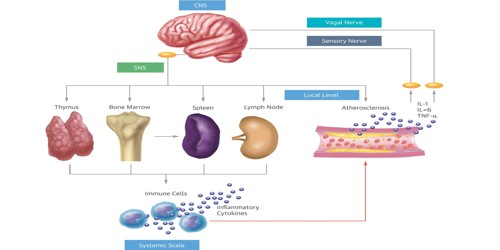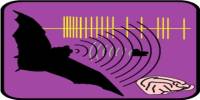The Sympathetic nervous system is part of the autonomic nervous system. It becomes more active when you are stressed. It directs the body’s rapid involuntary response to dangerous or stressful situations. It is a part of the “fight or flight” response. It controls aspects of the body related to the flight-or-fight response, such as mobilizing fat reserves, increasing the heart rate, and releasing adrenaline. It is part of the autonomic nervous system (ANS), which also includes the parasympathetic nervous system (PNS). It is a major effector of thermoregulatory responses. This can include actions of running, fighting, hiding, and generally, actions used to escape predators.

The sympathetic nervous system can increase heart rate; make bronchial passages wider; decrease motility (movement) of the large intestine; make blood vessels narrower; increase peristalsis in the esophagus; cause pupil dilation, piloerection (goosebumps) and perspiration (sweating); and raise blood pressure. The actions of the sympathetic nervous system occur in concert with other neural or hormonal responses to stress, including increases in corticotropin and cortisol secretion. This is important because a slow or ineffective response can lead to the death of an organism. Their role in the short-term regulation of blood pressure, especially in responses to transient changes in arterial pressure, via baroreflex mechanisms is well known.
















